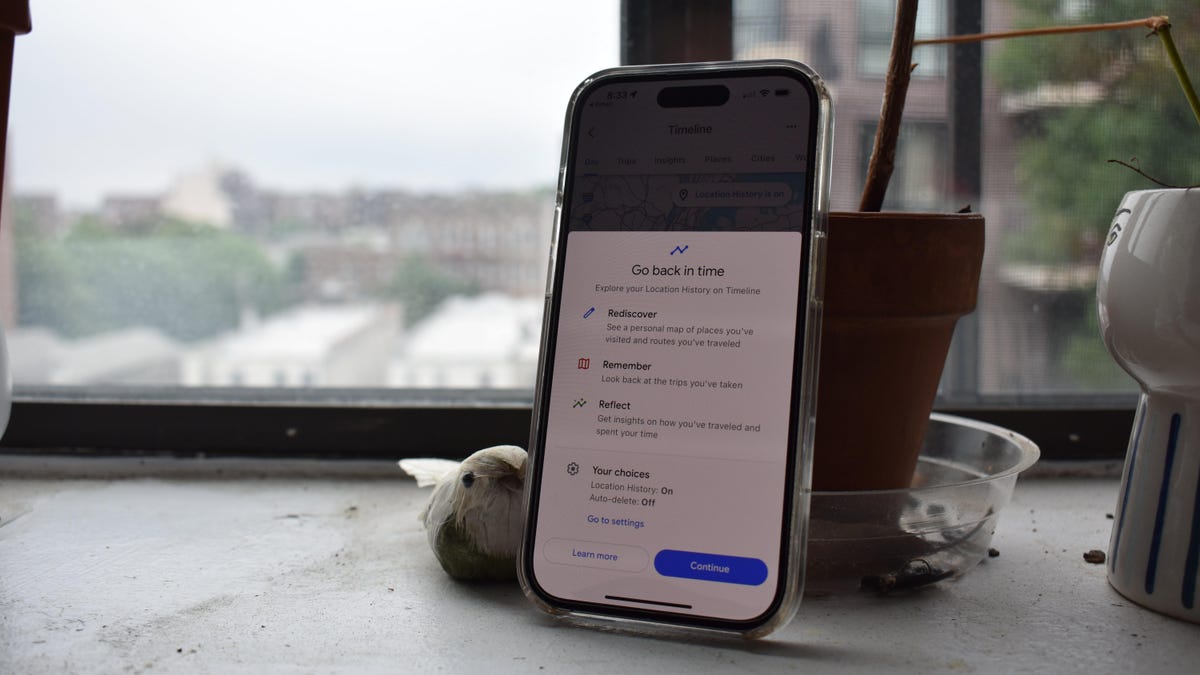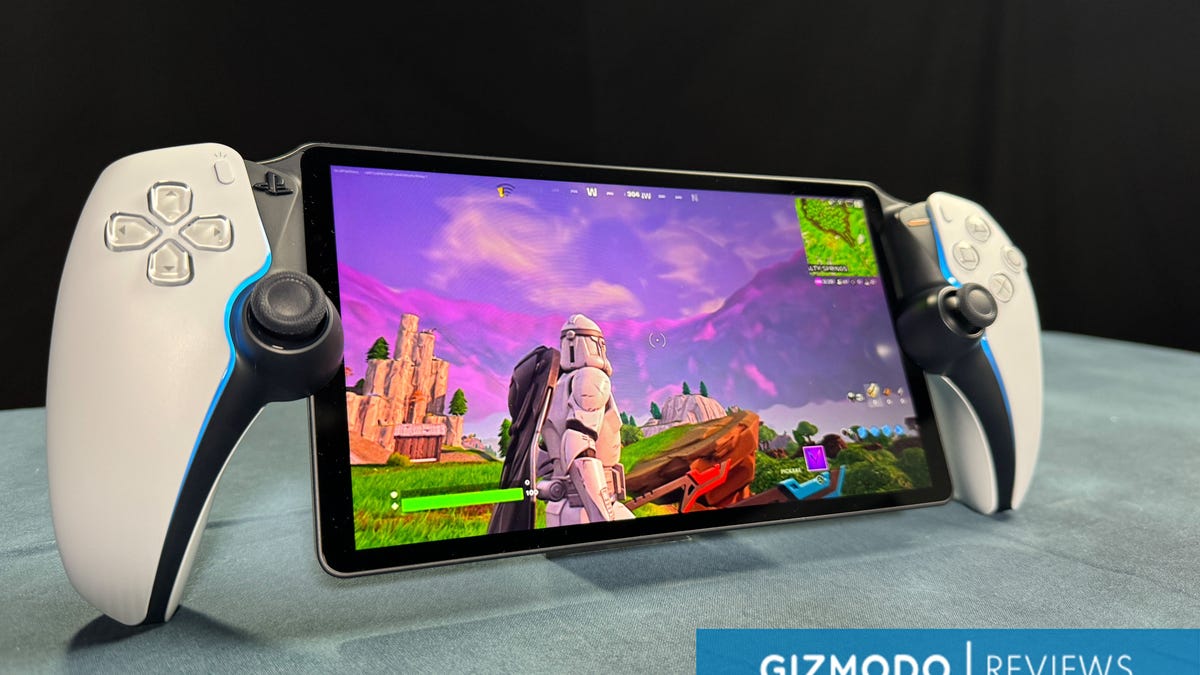If you’re mainly plotting routes through Google Maps on your web browser, Google is telling you it’s past time to start using the app and only the app. The company is ending access to the Timeline feature for users on the web. If you want to keep your past routes, you’ll need to download them to your app.
Timeline, formally called Location History, offers a rundown of where you’ve previously been, including your routes and places you visited. This means you can reminisce about that recent trip you took with your family or perhaps trace which bars you hit last night through the haze of a morning hangover. The feature currently runs in the background on both mobile and web versions, but by the end of the year, Google will be taking the feature offline for web users.
An email first spotted by Android Police says that users need to change their phone’s settings to allow Timeline by Dec. 1 this year. Once they do, they will no longer be able to access the feature on the web.
Google Maps, which our readers think is the greatest app of all time, has many interesting or little-known features, but Timeline is easily one of the most useful. That always-on location tracking is also a privacy issue, which is why Google is restricting Timeline to the app, which would keep the data on users’ devices only. According to Google’s support page, these changes are gradually rolling out to all Maps users. You should receive a push notification and email once Google asks you to make the switch.
Users can still back up their Timeline data if they’re switching phones. Google says this data is then stored on encrypted servers and should be available once they try to download the app on their new device. These backups should work on both iOS and Android versions.
If you don’t move all your data by Dec. 1, Google warns you that you may lose some of your Timeline data. The company claimed it would try to move your data saved over the last 90 days to the first device you use after the due date. Everything past that point gets deleted, and you won’t have access to it on the web or phone.
Serial feature murderer Google is well known for axing features, apps, and devices pretty regularly, though this latest change does make some sense. The automatic Google Maps sync between the web and phone leaves your data more open to abuse. The change also gives users plenty of time to make the switch to mobile-only timelines, so long as they learn about it early enough.
Want more of Gizmodo’s consumer electronics picks? Check out our guides to the best laptops, best TVs, and best headphones. If you want to learn about the next big thing, see our guide to everything we know about the iPhone 16.








